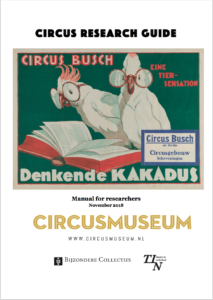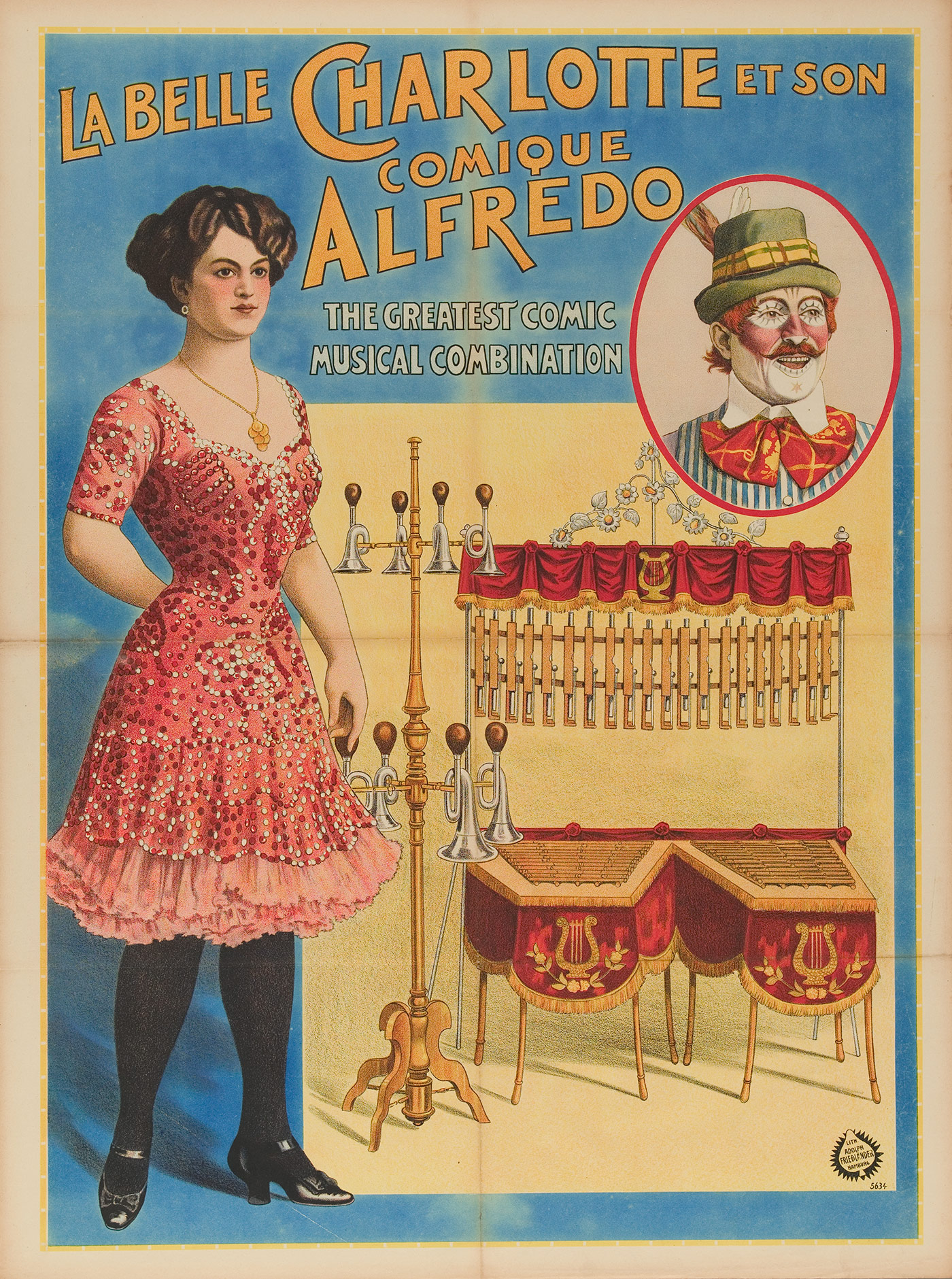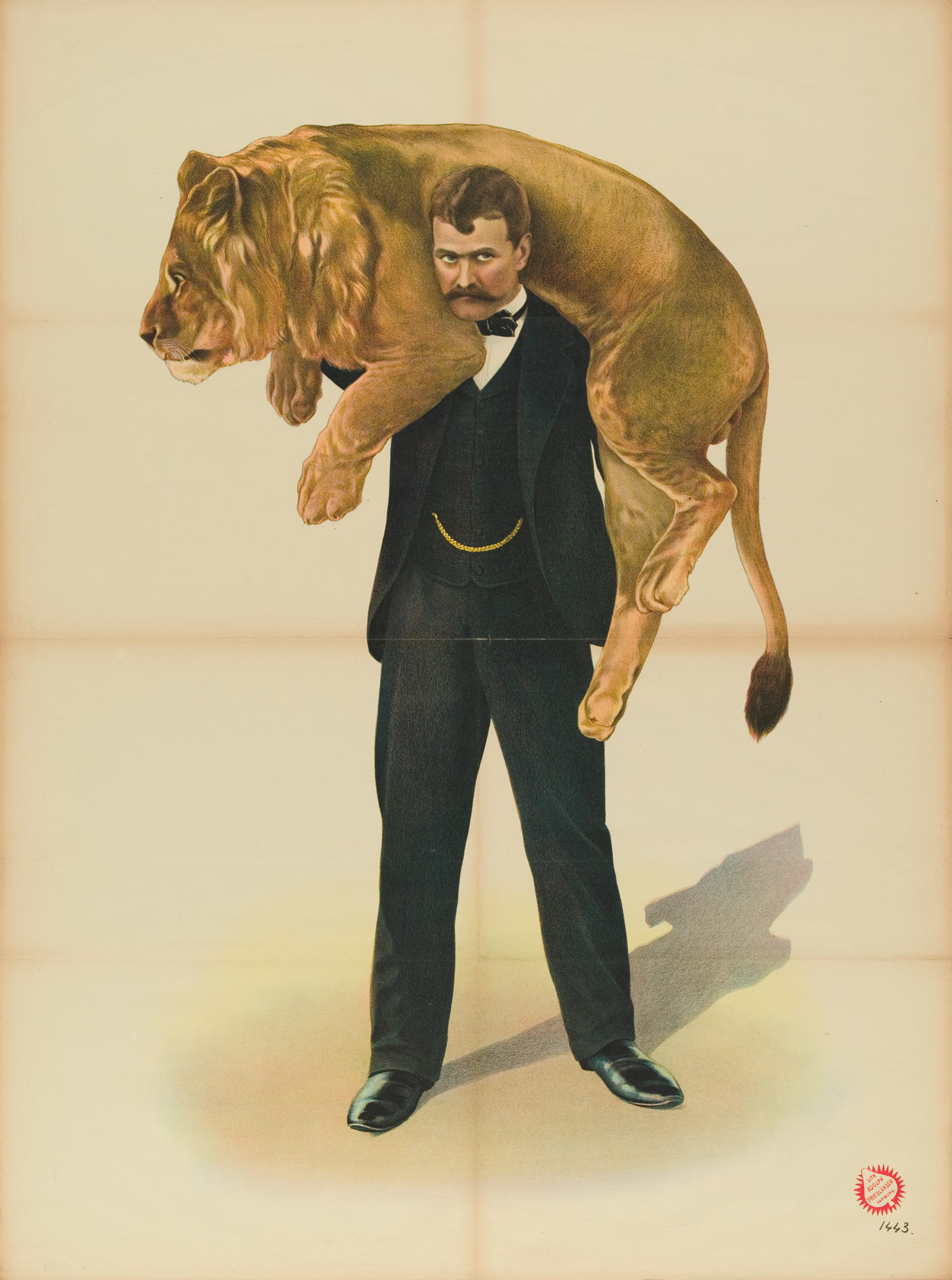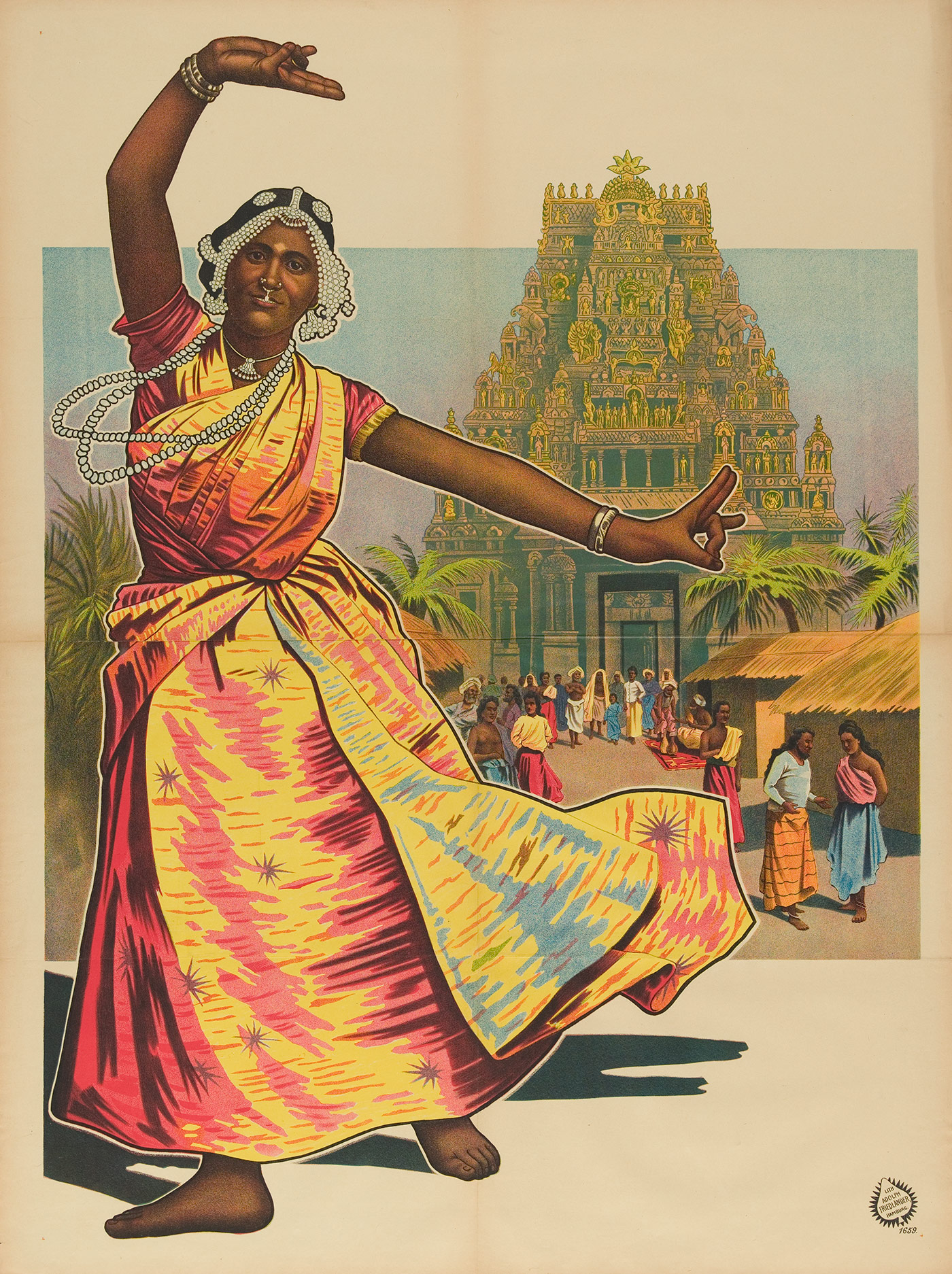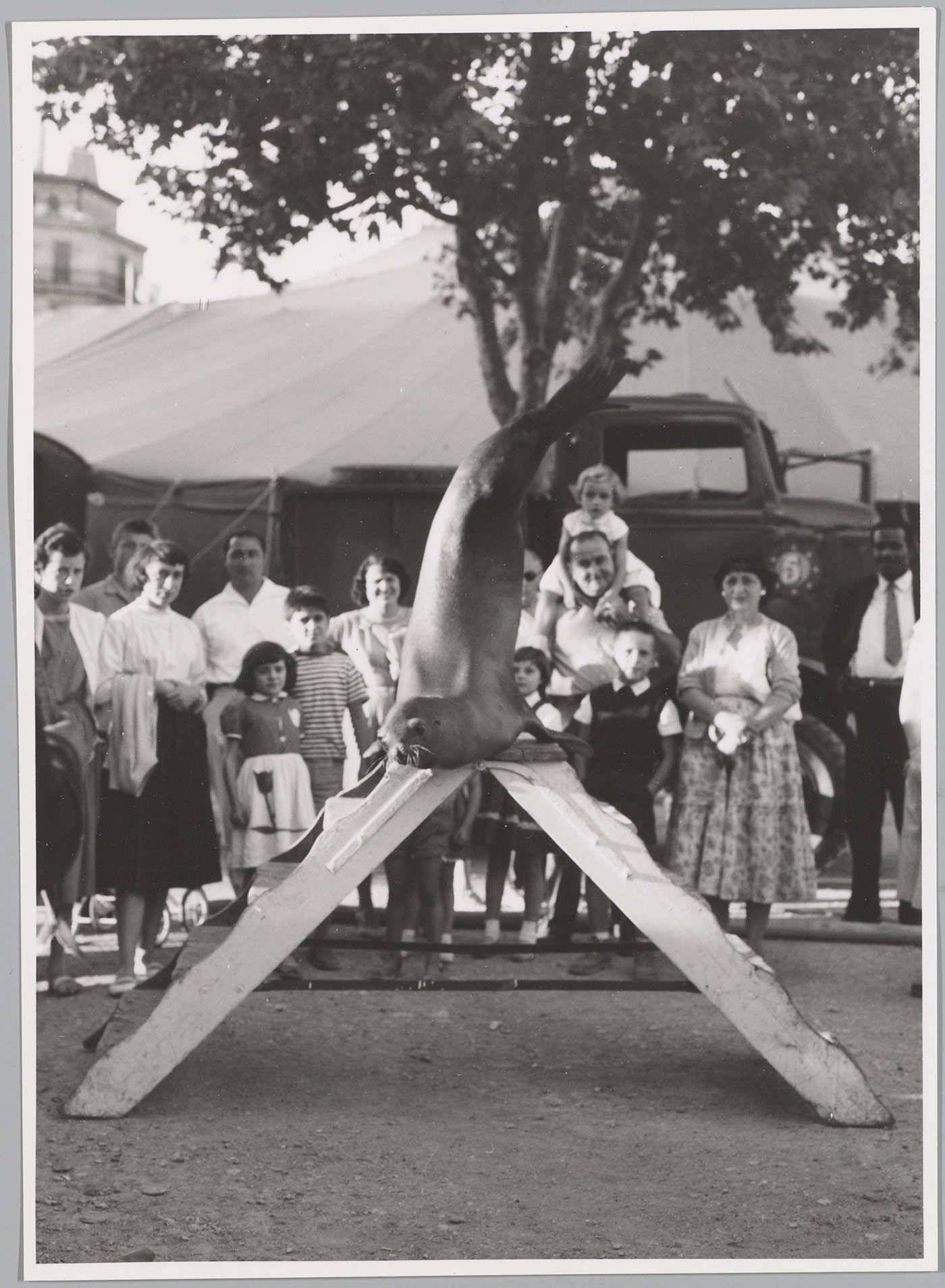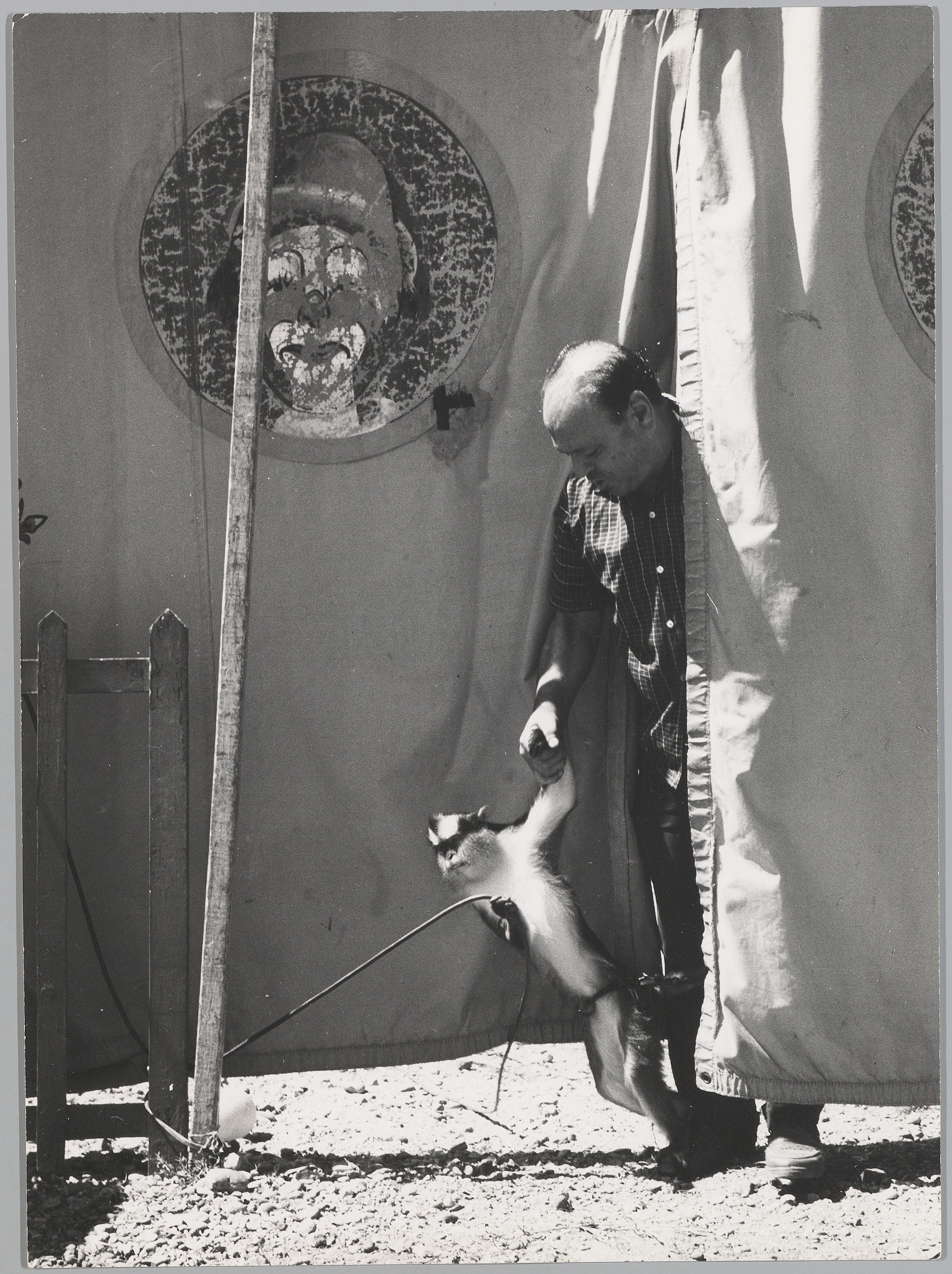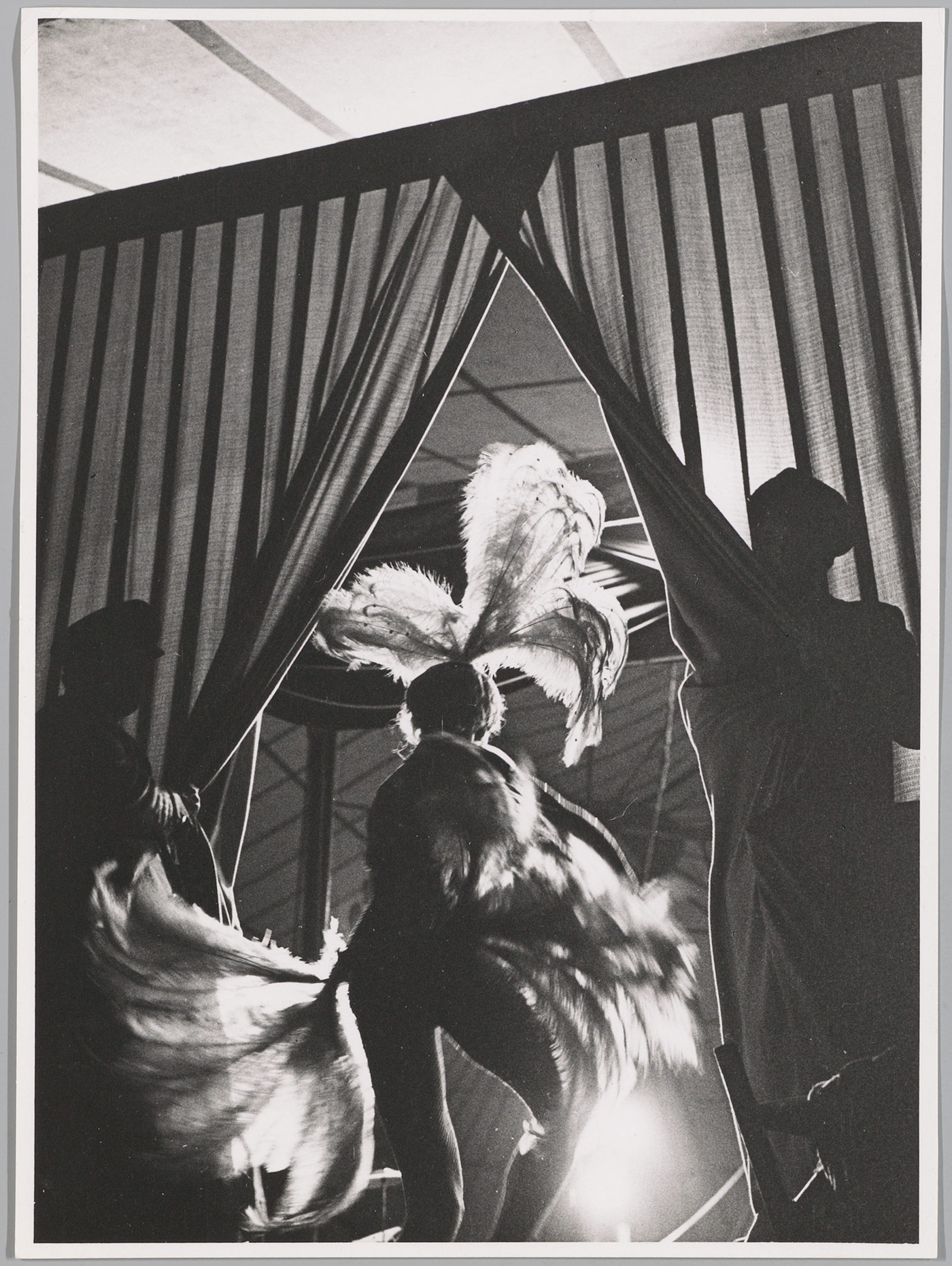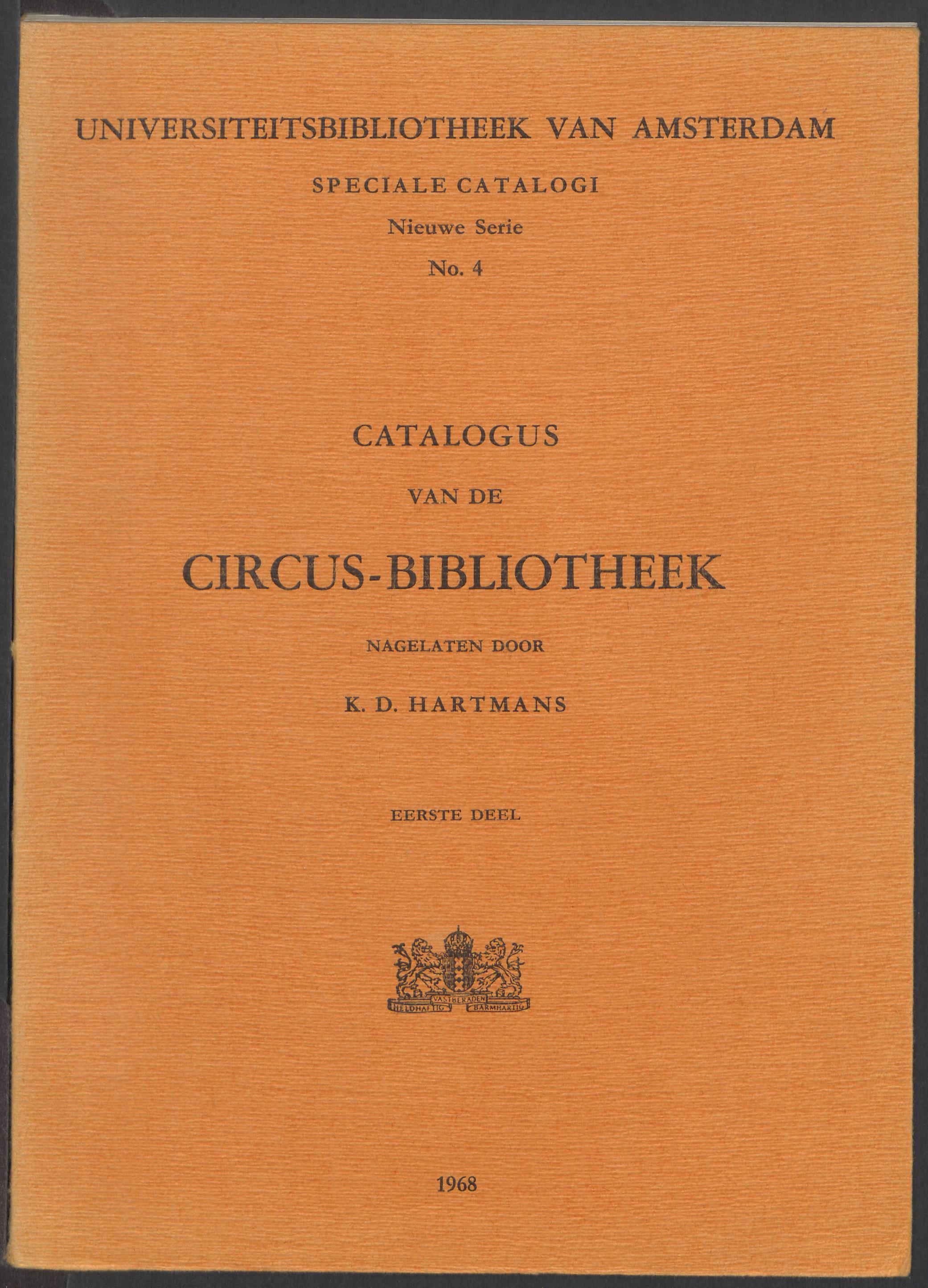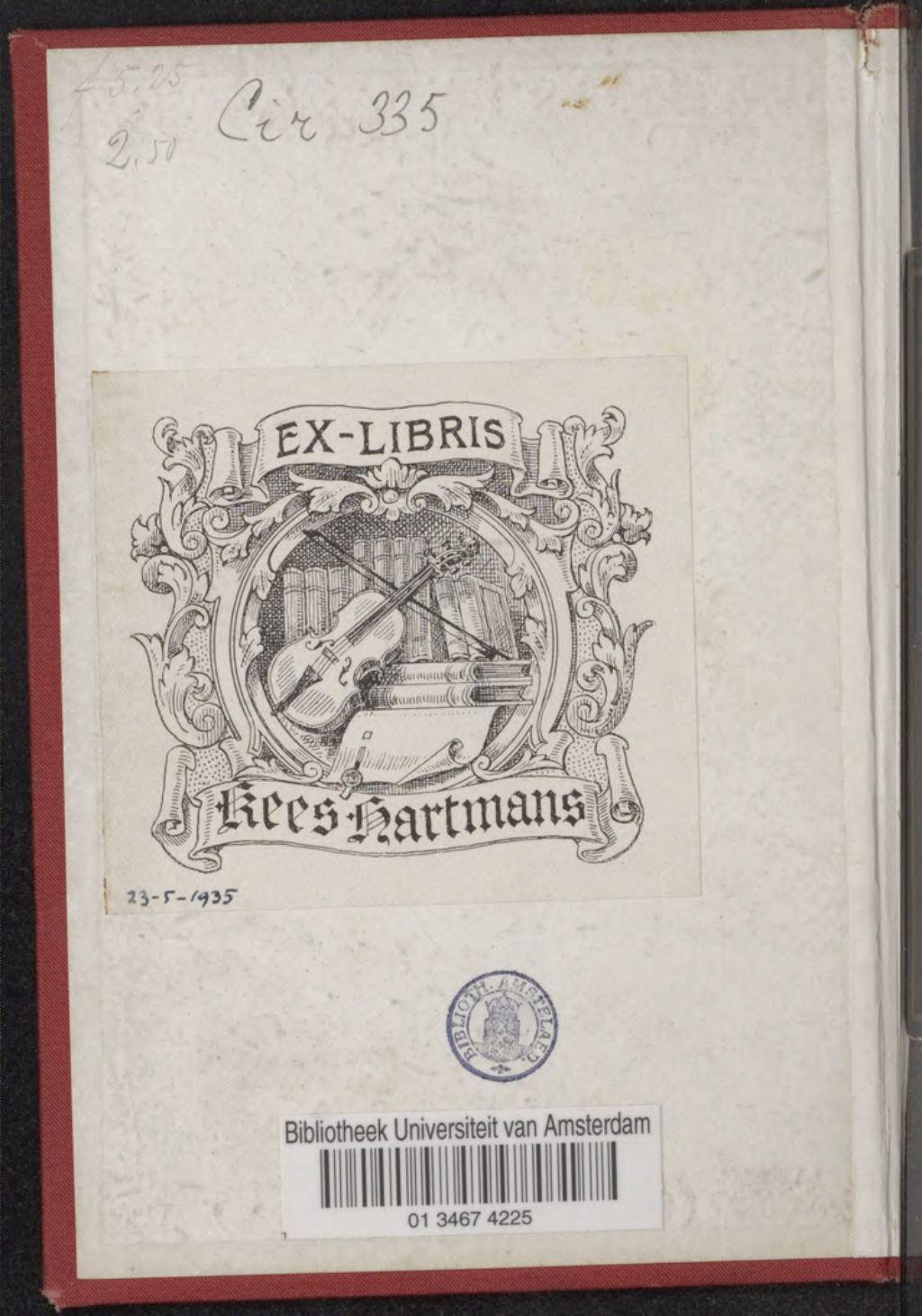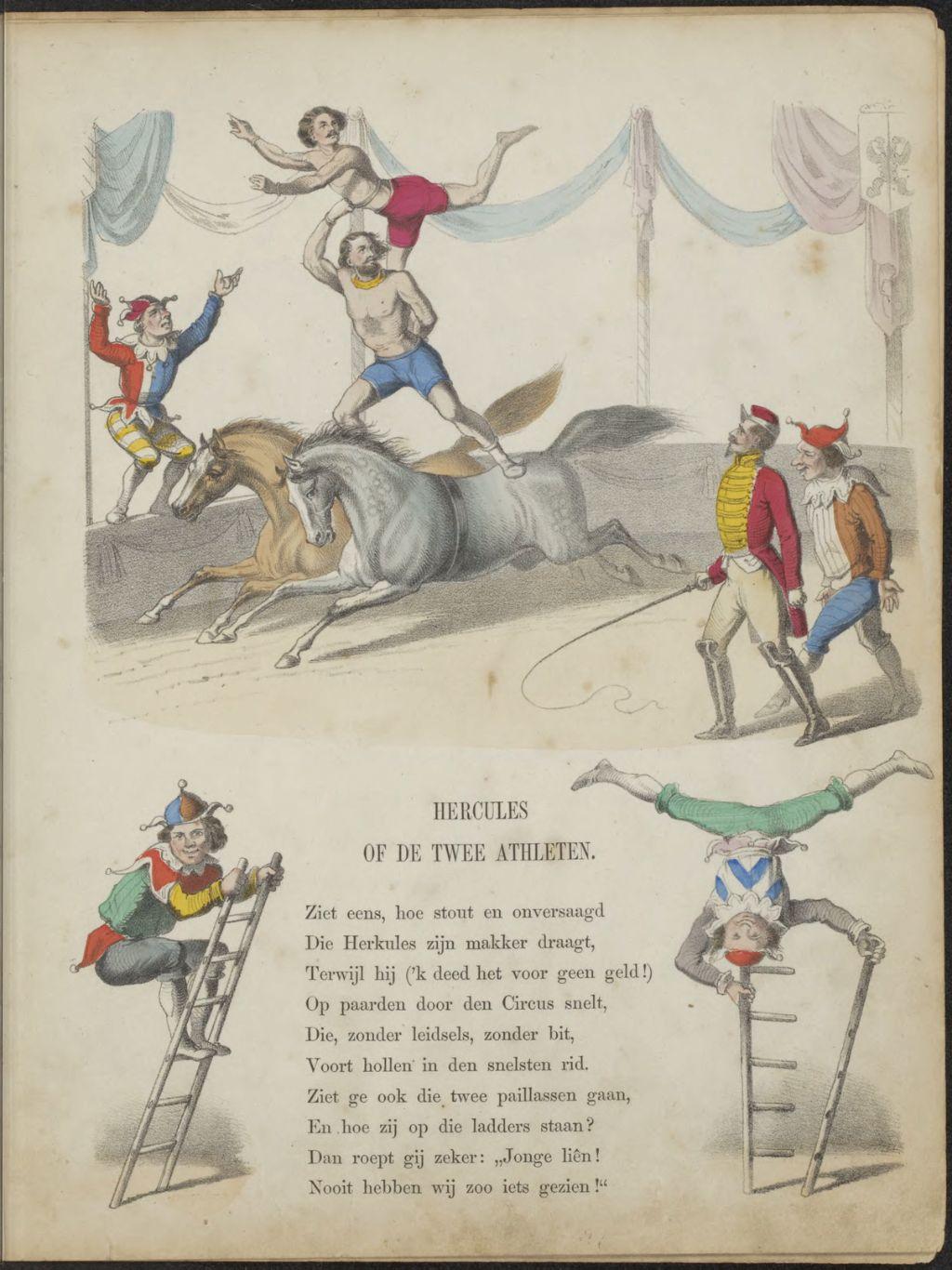The Allard Pierson (the Collections of the University of Amsterdam) manages an internationally unique circus collection, one of the largest in Europe. The circus collection is composed of a number of collections from private individuals–such as collectors Jaap Best, KD Hartmans and Herman Linssen–and institutions–such as Theater Instituut Nederland–who have focused on collecting circus heritage. It is a living collection that is continuously supplemented with new items. Objects will continue to be digitised and made accessible in the coming years. A few highlights from the collections can be found on this website. Researchers, students and other interested parties can refer to the overview below listing what the various collections consist of and how they can be approached (see the Circus Research Guide below). In this way, all the material is traceable and accessible for research.
Circus research guide
manual for researchers
With this guide, which is aimed at researchers and students, we will guide you through the various catalogues, collections and archives over which the circus collection is distributed, to help you locate, discover and research. In this guide you can find more about:
- The Theatercollectie’s (Theatre Collection) catalogue
- Herman Linssen’s circus database
- The University of Amsterdam’s catalogue
- The Collections database and archives of the Special Collections
- Consultation and information
- Other online sources
- Some publications about the circus
The Best Collection
Jaap Best (1912–2002) was ‘infected’ by the circus at the tender age of seven, when the Wilhelm Hagenbeck and Corty-Althoff circuses visited his hometown of Alkmaar. From that moment on, he fell under the circus’ spell, and tried to attend as many performances as possible and collect their advertisements. In 1947 he started working in the circus, first as an administrative assistant and later on as executive secretary of Circus Strassburger. In the 1960s, he was the administrator of Circus Williams, the Wiener Eisrevue, Circus Harry Belli and the Berliner Eisrevue. Thanks to all these positions he managed to build up a very extensive circus collection, which was unparalleled in the Netherlands. His collection acquired international allure in 1964, when he was able to take over the ample archives of German acrobat and circus collector Erdwin Schirmer, consisting mainly of Adolph Friedländer’s beautiful posters. With more then 3500 colour lithographs by this Hamburg printer, this is the most extensive collection in the world.
After Jaap Best’s death, his widow gave the collection to Teylers Museum in Haarlem. The board of the Jaap Best foundation subsequently handed over the collection to the Special Collections in 2016. The collection includes 7,300 posters, 7,900 photographs and postcards, 400 prints and engravings, 4,000 programs, 2,000 magazines and trade journals, 600 books, clippings and circus paraphernalia such as jigsaws and calendars. The material is available in the Theatercollectie’s catalogue and has largely been digitised.
Date: 1883–2002.
Click HERE to see all objects from the collection of Jaap Best in the Theatercollectie catalogue.

Jaap Best at work on his collection.
Photo: archive of De Piste.
The Linssen collection
Herman Linssen was born in Roermond (NL) in 1934. In 1960, he moved to Weert, where he worked as a notary. His first visited a circus in 1944: Circus van Bever, which left a huge impression on him. Following this initial encounter, he visited and photographed countless circuses far and wide. In his early years, Herman spent some time working on a miniature circus he built himself. From 1950 to 2010, he built up a circus collection that showcases 3,000 books, 12,500 programs, 16,600 posters, 100,000 circus photographs, slides, postcards and magazines (sometimes photocopies) in the field of circus and the entertainment industry. There are also pasted clippings, 1,300 prints and all manner of printed advertisements. The collection also includes the Letellier collection on predator training.
Herman has always had a great interest in circus history. From 1985 onwards, he worked for 30 years to record the history of the circus in card systems and registers, mainly based on complete volumes of trade journals starting in 1883 and magazines for friends of the circus, present in his own collection or in foreign libraries. The importance of his collection and historical research is recognized both at home and abroad. The Linssen collection regularly supplies historical information and illustration materials for publications.The collection has been largely digitised. Dated: 1765-2010
Click HERE to see all objects from the collection Herman Linssen in the Theatercollectie catalogue.
Video: Herman Linssen and his circus collection
Adolph Friedländer’s poster collection
Adolph Friedländer (1851-1904) started a printing business in 1872 in the Hamburg district of St. Pauli. Over the years, this company would develop into the largest lithographic printing company for circuses, fairground attractions, variety shows and individual artists. The largest number of these posters, the so-called Friedländers, come from the Best collection.
After Adolph Friedländer’s death, the company was continued by his sons, Ludwig and Max-Otto. The latter organised under the name Circus Maxo circus performances in the Netherlands in Scheveningen and in Amsterdam.
After Hitler’s assumption of power in 1933, difficult times began for the Jewish Friedländer family. Although the national-socialist government continued to tolerate the printing house for two years after 1933, in 1935 the last poster was printed and the printing house closed its doors.
Different professionals specialised in a particular subject (animals, landscapes, human figures, clothing, typography) were often recruited to design a poster. Well-known illustrators of animals included Christian Bettels and Wilhelm Eigener, while Henry Schultz was a well-known illustrator of human figures.
The numbered copies can also be recognised by the printing house’s monogram in the lower right or left corner.
Most of the Friedländer posters come from the Best collection. The circus collection now contains a total of more than 4,000 posters by Friedländer from the Best and Linssen collections.
Click HERE to see all Friedländer Posters
The Baudert collection
During his career as a photographer, Heinz Baudert (1915–2003) developed into a prominent chronicler of (international) circus life. In the 1950s he sold his ladies’ fashion store to be able to devote himself entirely to photography. His 6×6 camera produced a series of recognisable and iconic images from the world of the circus. Various exhibitions brought his photographic art to the attention of a wide audience, including the Stedelijk Museum in Amsterdam.
The collection consists of photographs and negatives portraying circus life. The material is available in the Theatercollectie’s catalogue (see above) and has largely been digitised.
Date: 1940–1980 (majority: 1950–1980), size: 1,750 items.
Click HERE to see all of Baudert’s photographs.
The Hartmans Collection
childrenbooks and circusliterature
The Hartmans collection
Kornelis Dirk Hartmans (1906–1963) collected books and other broadly circus-related materials in his spare time, with an emphasis on children’s and young adult literature on the topic of the circus. From 1949 to 1961 he was active as a board member of the Club van Circusvrienden (the Club of Circus Friends) and from 1950 to 1962 as editor of the magazine De Piste (The Ring). In this position, he was able to build a close-knit network of contacts in the Dutch and international circus world. The circus collection that KD Hartmans bequeathed to the Amsterdam University Library when he died in 1963 consists of 3,300 books and brochures, as well as a collection of posters, programs, photographs and other material about the circus. The independent publications are included in the catalogue of the University of Amsterdam.
Click HERE to see the catalogue of the University of Amsterdam.


